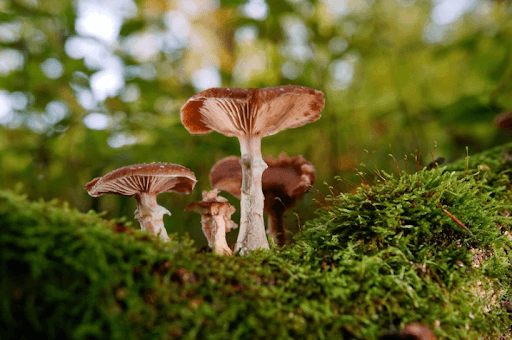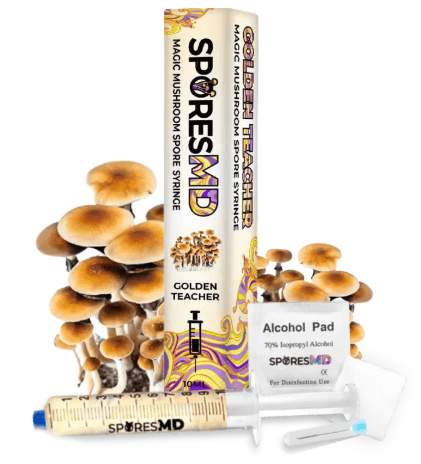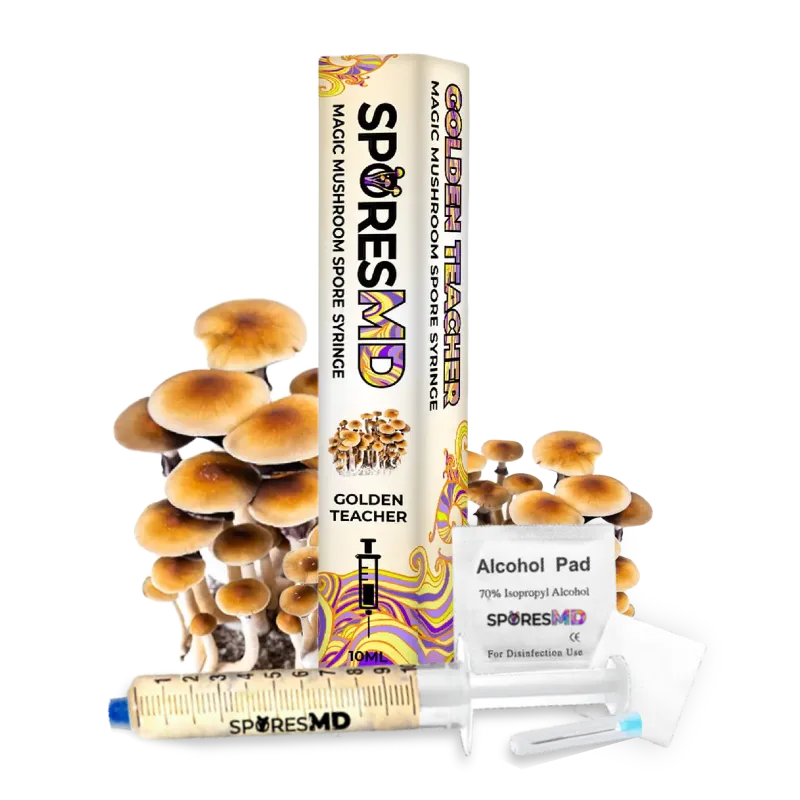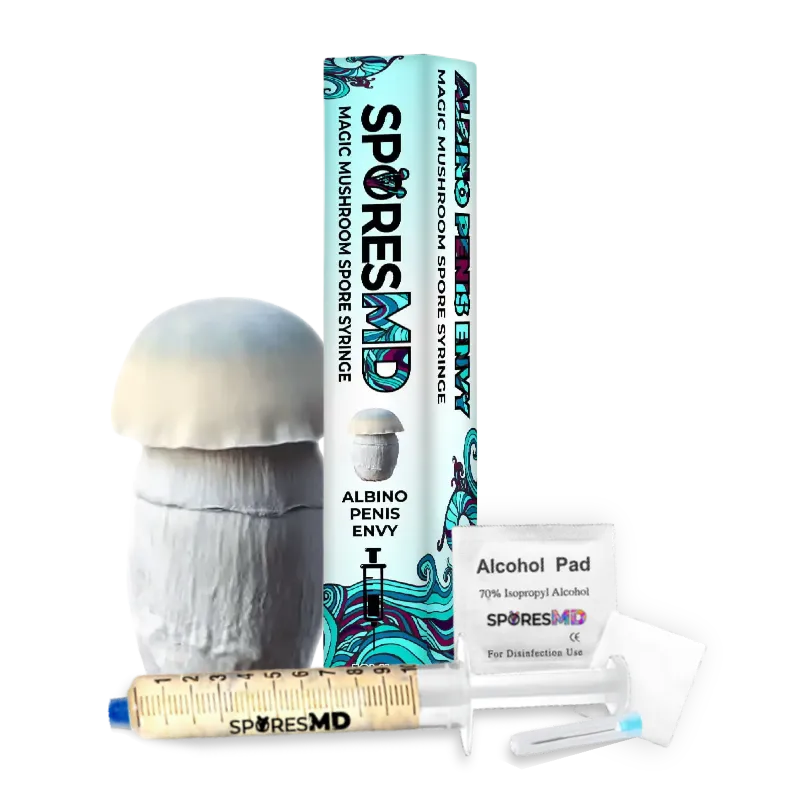When we think about communication in nature, we often picture animals calling, signaling, or displaying behaviors. But beneath our feet lies an astonishingly complex network of communication that often goes unnoticed: the mycelium network. This underground web, formed by fungi, acts as a superhighway of nutrients, information, and symbiotic relationships, connecting plants, trees, and even entire ecosystems.
For curious minds and microscopy enthusiasts, understanding this hidden network is both fascinating and educational. Observing fungal growth in action allows us to witness how organisms without brains or nerves exchange vital information, respond to environmental stress, and even “warn” neighboring plants of potential threats. With tools like Golden Teacher Mushroom Liquid Culture, anyone can explore the microscopic intricacies of these networks firsthand and see communication in action. Discover our range of microscopy liquid cultures and bring the hidden world of fungi to life.
Exploring the Secret Life of Soil Fungi
The mycelium network is made up of thread-like structures called hyphae. These filaments spread through soil, wood, and organic matter, connecting individual fungi into a larger colony called a mycelium. While each hypha is microscopic, together they form an expansive network capable of remarkable interactions with their environment.
Through this system, fungi can:
- Transfer nutrients such as nitrogen and phosphorus to plants and trees
- Facilitate water movement during dry conditions
- Exchange chemical signals that influence plant defenses
- Connect different species of plants in a shared network
Essentially, the mycelium acts as both a circulatory and informational system beneath the surface, orchestrating ecological balance and promoting biodiversity.
How Fungi “Talk” to Each Other

Fungi do not have brains or nervous systems, so their communication methods are radically different from animals. Instead, they rely on chemical and electrical signals transmitted through hyphal networks. Mycelial networks can transfer electrical signals at frequencies ranging from 100 Hz to 10,000 Hz, comparable to the frequency range of human brain activity. These signals allow fungi to sense their environment, respond to threats, and coordinate activities across vast distances underground.
Some fascinating examples include:
- Nutrient Redistribution: If a part of the network encounters a rich food source, signals are sent throughout the colony to direct growth toward it.
- Defense Signaling: When attacked by bacteria or other fungi, mycelium can produce chemical defenses and signal nearby hyphae to activate protective responses.
- Plant Interaction: Fungi in mycorrhizal relationships share nutrients with plants, while receiving sugars in return. They can even send “warning” signals if a neighboring plant is under threat from pests or disease.
These interactions demonstrate that fungi are far more sophisticated than many of us realize, employing a subtle, yet highly effective, form of communication. Browse our collection of microscopy liquid cultures today and observe fungal networks in action.
Watch Fungal Networks Come Alive Under the Microscope
For those curious about mycelial communication, microscopy offers a front-row seat to this hidden world. Using microscopy liquid cultures, like Golden Teacher Mushroom Liquid Culture, you can observe hyphal growth, branching patterns, and the exchange of cytoplasmic contents between hyphae.
Microscopy allows you to:
- Track how hyphae navigate toward nutrient sources
- Watch connections form between different fungal strands
- See the cellular-level interactions that facilitate chemical signaling
By studying these patterns, enthusiasts and researchers can gain deeper insight into how fungi respond to their surroundings and maintain their intricate underground networks.
Observe Growth and Connections Clearly and Easily
Microscopy liquid cultures provide a practical and safe way to explore fungi in controlled conditions. Unlike spores, liquid cultures contain active mycelium suspended in nutrient-rich solutions, offering faster growth and easier observation. With strains like Golden Teacher, you can cultivate mycelium that is vigorous, contaminant-free, and ideal for educational or research purposes.
Some key advantages of using microscopy liquid cultures include:
- Fast Colonization: Observe growth and hyphal connections sooner than with spores alone
- Clarity in Observation: Actively growing mycelium is easier to track under a microscope
- Reliable Results: Lab-tested cultures reduce the risk of contamination and unexpected outcomes
These qualities make microscopy liquid cultures perfect for anyone wanting to witness fungal communication firsthand. Dive into our collection of lab-tested microscopy liquid cultures and unlock fungal secrets.
The Ecological Impact of Fungal Connections
Understanding mycelium networks is more than just an academic exercise. These fungal systems have profound ecological, agricultural, and even technological implications. By studying fungal communication, scientists can:
- Enhance soil health and crop productivity through improved mycorrhizal relationships
- Develop sustainable forestry and plant conservation strategies
- Explore bio-inspired networks in computing, networking, and environmental monitoring
For the curious observer, observing these networks in a culture allows a hands-on exploration of one of nature’s most sophisticated underground systems.
Take Your Curiosity Into the World of Fungi
If you’re fascinated by the hidden world beneath our feet, there’s no better way to learn than by seeing it in action. With Golden Teacher Mushroom Liquid Culture from SporesMD, you can grow mycelium in controlled conditions and watch its intricate communication network come alive.
Whether you’re a student, hobbyist, or budding mycologist, microscopy liquid cultures open the door to understanding the subtle and remarkable ways fungi interact with their environment.
Experience Nature’s Invisible Messaging System Today
The mycelium network is an extraordinary testament to nature’s ingenuity. These underground fungal highways transfer nutrients, relay chemical messages, and connect plants in ways that support entire ecosystems. Observing these processes at the microscopic level offers a fascinating glimpse into a world that is invisible to most people.
For anyone eager to explore fungal communication firsthand, take a look at our microscopy liquid cultures today. With strains like Golden Teacher, you can observe hyphal connections, branching networks, and nutrient signaling in real time. Start your journey into the hidden world of mycelium and witness the incredible conversations happening right beneath our feet.






